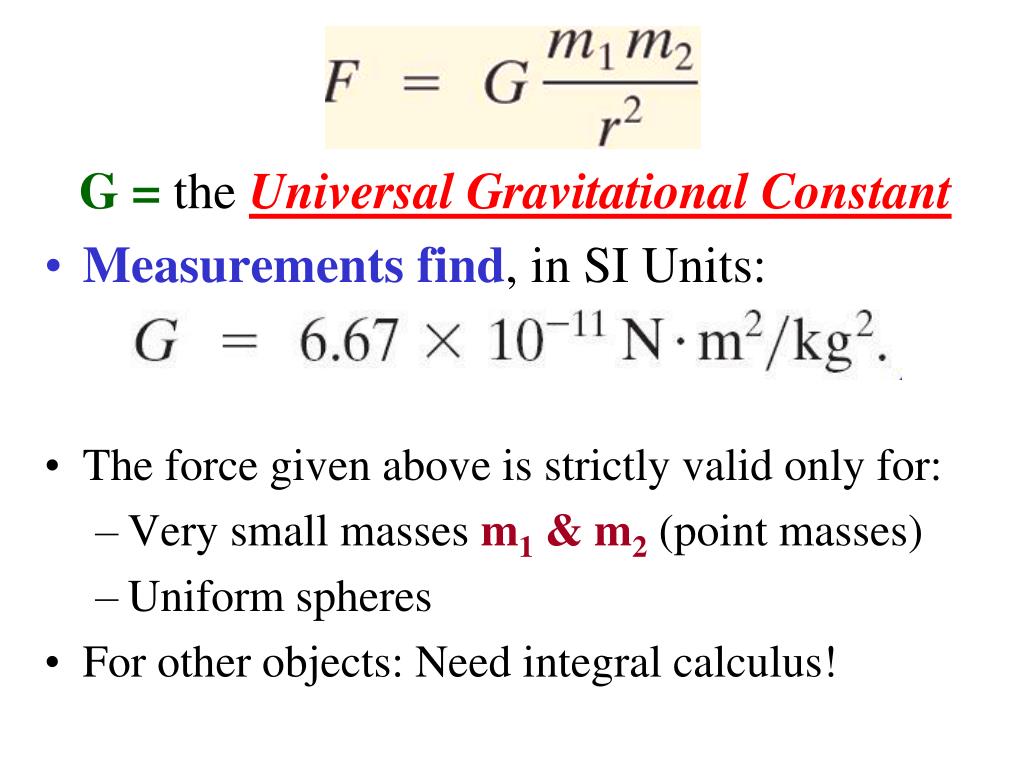


Overview of units derived from the seven basic units of the International System of Units. All three units are named for eminent scientists. The CGPM added three new units (among others) in 1948: a unit of force (the newton), defined as that force which gives to a mass of one kilogram an acceleration of one metre per second per second a unit of energy (the joule), defined as the work done when the point of application of a newton is displaced one metre in the direction of the force and a unit of power (the watt), which is the power that in one second gives rise to energy of one joule. The early international system devised to rectify this situation was called the metre-kilogram-second (MKS) system. Rapid advances in science and technology in the 19th and 20th centuries fostered the development of several overlapping systems of units of measurements as scientists improvised to meet the practical needs of their disciplines. Adopted by the 11th General Conference on Weights and Measures (CGPM) in 1960, it is abbreviated SI in all languages. International System of Units (SI), French Système International d’Unités, international decimal system of weights and measures derived from and extending the metric system of units. Overview of the International System of Units.
SpaceNext50 Britannica presents SpaceNext50, From the race to the Moon to space stewardship, we explore a wide range of subjects that feed our curiosity about space!. Learn about the major environmental problems facing our planet and what can be done about them! Saving Earth Britannica Presents Earth’s To-Do List for the 21st Century. Britannica Beyond We’ve created a new place where questions are at the center of learning. 100 Women Britannica celebrates the centennial of the Nineteenth Amendment, highlighting suffragists and history-making politicians. #NEWTON UNITS HOW TO#
COVID-19 Portal While this global health crisis continues to evolve, it can be useful to look to past pandemics to better understand how to respond today. Student Portal Britannica is the ultimate student resource for key school subjects like history, government, literature, and more. From tech to household and wellness products. This Time in History In these videos, find out what happened this month (or any month!) in history. #WTFact Videos In #WTFact Britannica shares some of the most bizarre facts we can find. Demystified Videos In Demystified, Britannica has all the answers to your burning questions. Britannica Explains In these videos, Britannica explains a variety of topics and answers frequently asked questions. Britannica Classics Check out these retro videos from Encyclopedia Britannica’s archives. There are other units, not used as often. The newton has applications in various scientific measurements. In most scientific work, force is designated as a newton ( N) in the metric or SI system of measurement. SummaryĪ force acts on an object to change its velocity or direction. These units of force are in the English system and are seldom used in scientific measurements. It is a non-technical unit of force and is also called the weight. 1 poundal equals 0.1382 newtons.Ī pound is the force applied on a mass of 1 pound ( 1 lb) by the acceleration due to gravity. Poundal and poundĪ poundal is the force required to give a mass of 1 pound ( 1 lb) an acceleration of 1 foot per second per second ( 1 ft/s 2). You might use the dyne, if working with small objects. DyneĪ dyne is the force required to give a mass of 1 gram ( 1 g) an acceleration of 1 centimeter per second per second ( 1 cm/s 2). There are other units of force, not as commonly used as the newton. The unit of pressure is the pascal ( P), which is the force per unit area ( N-m 2). This is also the unit for radiant flux or power from electromagnetic radiation. Power is energy per second or N-m/s, with the unit of watt. It can be seen that the units of kinetic energy E = ½mv 2 are in kilogram-meter 2/seconds 2 and kg-m 2/s 2 = N-m. The newton-meter ( N-m) is also the definition of the joule ( J), which is a unit of energy. 
The unit of torque or moment of force is the newton-meter ( N-m), where m is the moment arm. The newton combined with other measurements is used in various applications. This unit of measurement is in the metric or SI system and is used in scientific work more than other units of force.ġ N is equivalent to 1 kg-m/s 2. A newton is the force required to give a mass of 1 kilogram ( 1 kg) an acceleration of 1 meter per second per second ( 1 m/s 2).







 0 kommentar(er)
0 kommentar(er)
